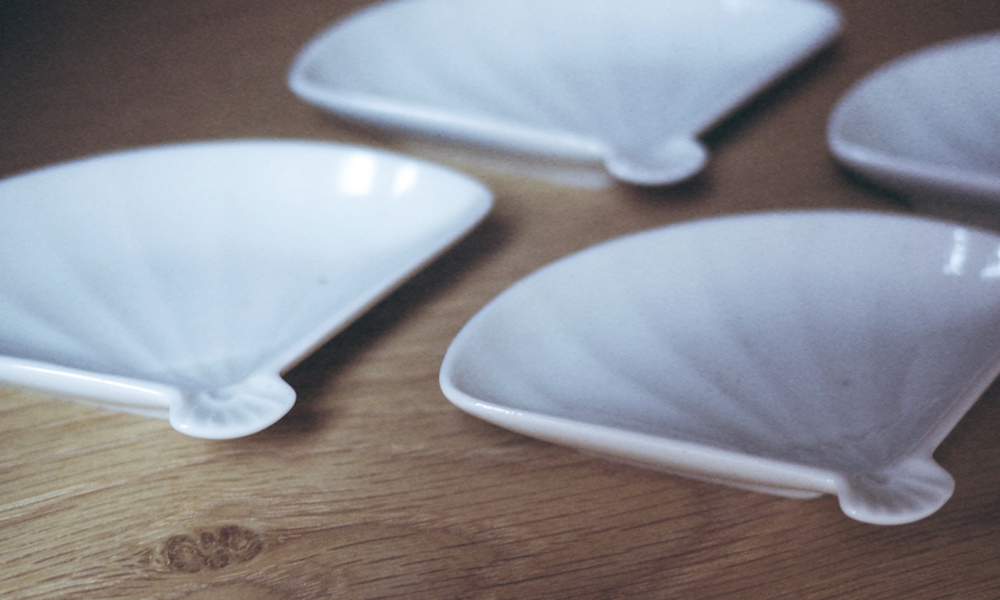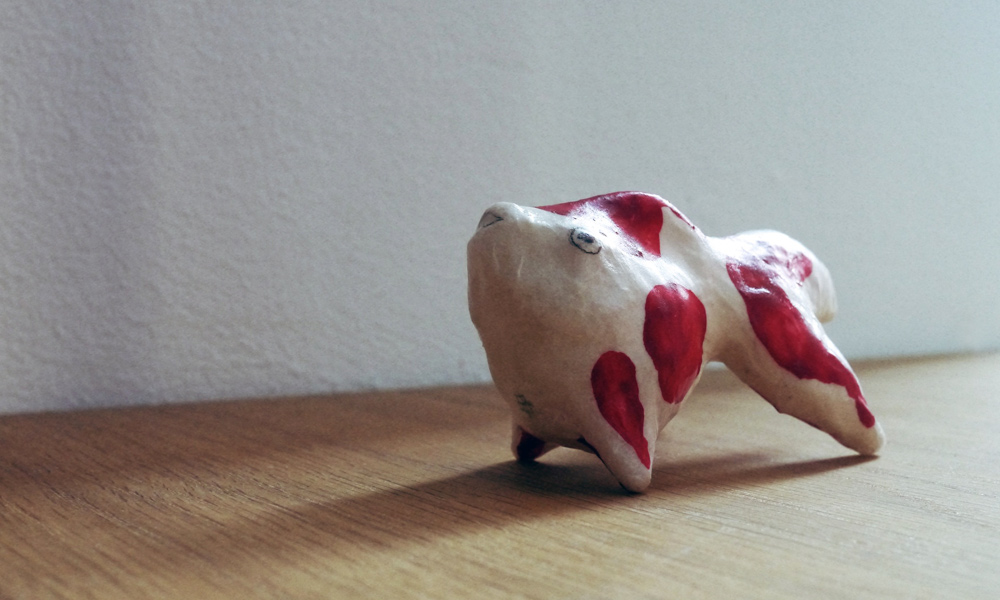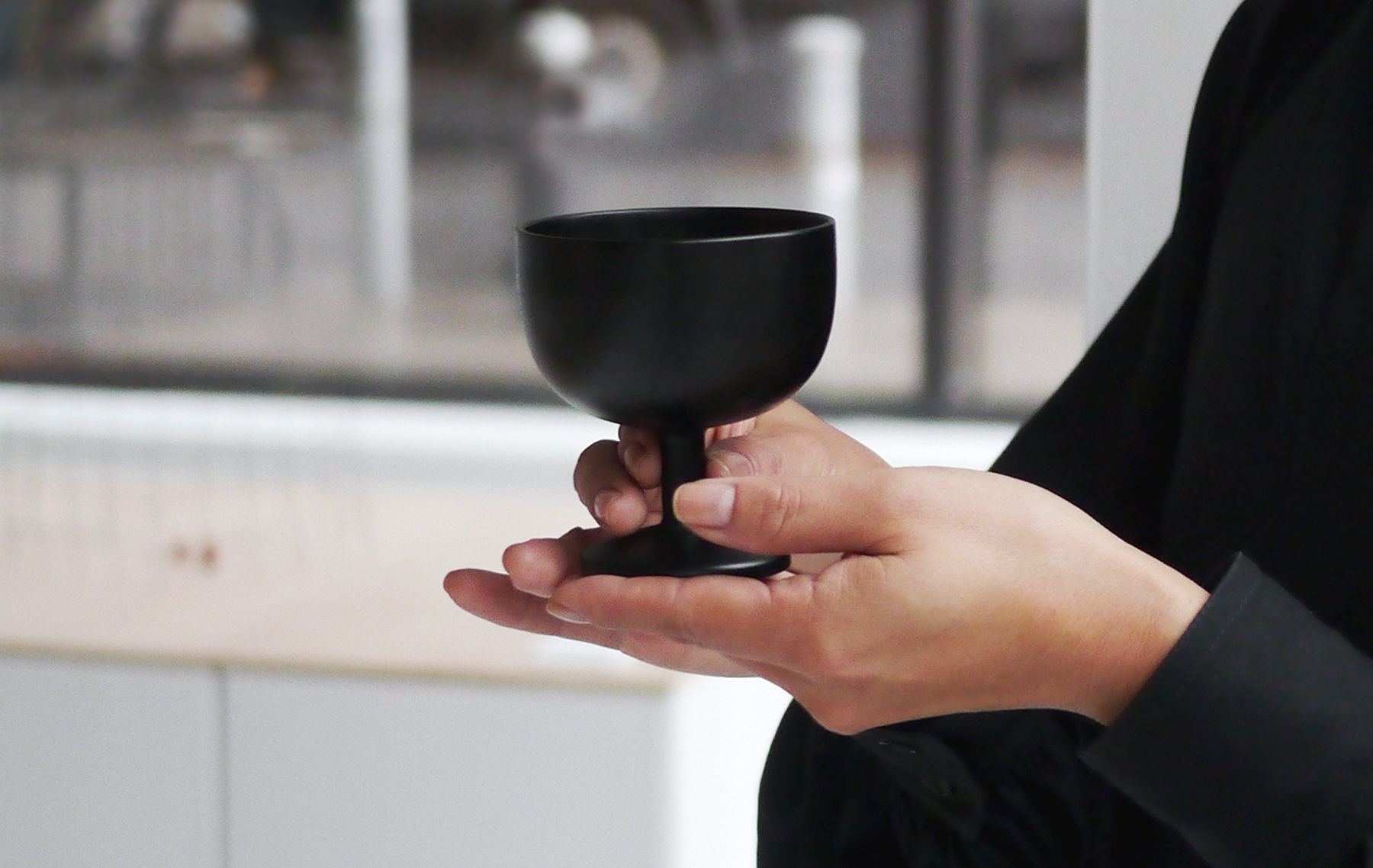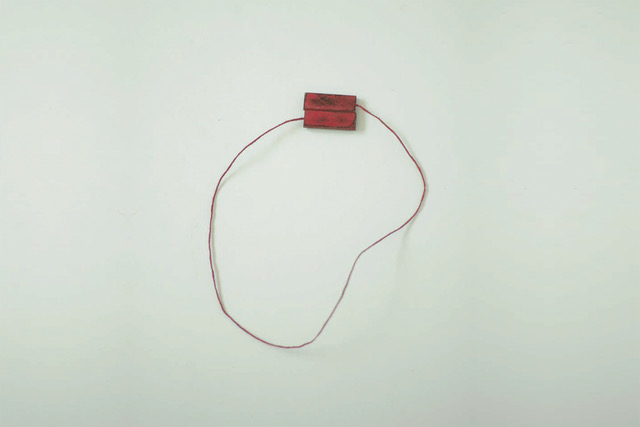Motifs in Japanese Design
Symbols and motifs have always been an integral part of Japanese aesthetics, both in traditional and modern designs. These symbols can be found integrated in many of the items found at Nalata Nalata through graphics, textiles and applied arts. This is a reference guide that will give you some insights into the meaning behind these motifs and hopefully give you a better appreciation of the symbolic aspects of Japanese culture.

The iconic Japanese symbol is derived from the mythological goddess of the sun, Amaterasu from the Shinto religion. According to myth, the goddess founded Japan approximately 2700 years ago and all the emperors of Japan are known as “Sons of the Sun”, essentially direct descendants of the goddess herself. The design of the national flag reflects the central importance of the sun in Japanese tradition.


Primarily a symbol of purity, the lotus is revered in Japan for its ability to rise from the dirty muddy waters to bloom into a beautiful flower. Most commonly associated with the Buddhist achievement of enlightenment, it has been used as a very popular symbol of living your life to the fullest.


Adopted from Chinese culture, the fan has come to signify a high social status and symbolize the journey of life. The small end essentially represents birth and the blades symbolizing the many paths possible in life’s journey. Historically, Japanese people of every age, gender and demographic have carried fans with many of them beautifully painted to tell stories or convey secret messages.


The Chrysanthemum is a symbol of endurance and rejuvenation. It was first introduced as a symbol by the Japanese Royal Family as an Imperial emblem during the Nara period. The flower is distinctly characterized by its 16 petals and is most commonly used for official Japanese Diet (government) seals. It has the distinct honor to be on the cover of the Japanese passport.


The Daruma is a traditional Japanese wishing doll and the symbol of achievement in Japan. It is an old tradition that is practiced till this day. When you receive a daruma doll, you pick a specific goal you are determined to achieve. You draw in one of the eyes to show your commitment to the goal. Afterwards, you place the doll in a visible area as a reminder of the task at hand. When you have achieved your goal, you draw in the other eye.


Since the Heian Period, the cherry blossom has been revered by the Japanese and closely associated with its philosophy of mono no aware. The flower’s brief blooming time and the fragility of the blossom has always been linked to an association with the transience of life and an appreciation for fleeting beauty.


In Japanese culture, butterflies carry a number of meanings but are most closely associated with the symbolism of metamorphosis and transformation. They are closely linked with recently departed spirits and consequently are represented in a number of traditional family crests.


Cranes are most commonly used to represent longevity and good fortune. Appropriately, they are found during the Japanese New Year and during wedding ceremonies in textile prints. Cranes have also found their way to prominence in the world of origami, where in Japanese culture to fold one thousand paper cranes makes a special wish come true.


The plum flower is one of the first blossoms to open during the year and has always been closely associated with the coming of spring. Unlike the cherry blossom, the plum has a strong sweet fragrance. Since the Heian period, they have been a symbol of refinement and purity, along with a reminder of former lovers.


In Japan, the gourd is often associated with divinity and found in many regional folk tales stemming from Taoist beliefs. Its curvaceous shape is commonly met with affection as a symbol of good luck, good health and prosperity.


At the center of Japanese mythology, is the goddess of the moon, Tsukiyomi. This powerful figure in early times has made the moon a common motif in Japanese arts and crafts. Up till the mid 19th century, Japan even followed the lunar calendar. The symbolic meaning of the moon is closely tied to the act of rejuvenation.


According to Japanese legend, if a Koi fish succeeded to swim upstream and climb the waterfalls at a point called Dragon Gate on the Yellow River, it would transform into a Dragon. Based on this legend, it became a symbol of aspiration and perseverance.


The acorn is considered to be an emblem of good luck. There is a popular Japanese proverb involving the acorn (donguri)…”Donguri no seikurabe”. It literally means, “comparing the height of acorns” and refers to the notion that “they are all alike”.




